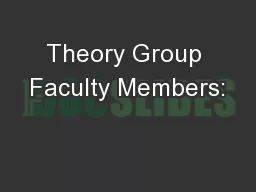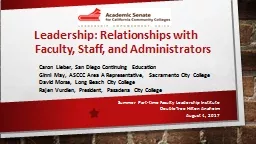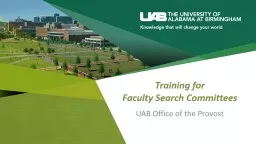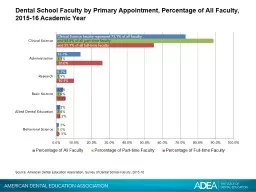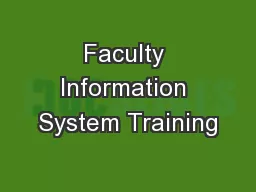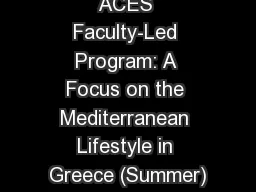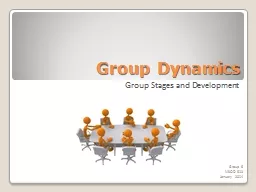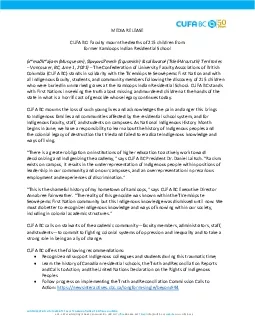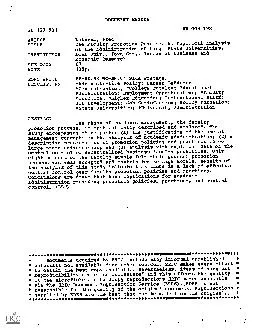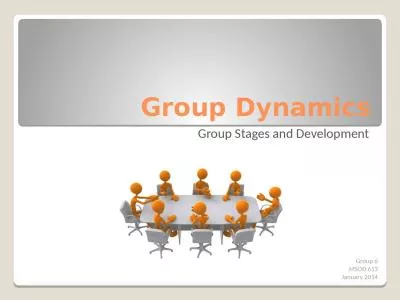PPT-Theory Group Faculty Members:
Author : faustina-dinatale | Published Date : 2018-09-21
Prof TakWah Lam Dr HingFung Ting Dr SiuMing Yiu Dr Giulio Chiribella Dr Bruno Oliveira Dr Hubert Chan Dr Zhiyi Huang Bioinformatics Quantum Information Programming
Presentation Embed Code
Download Presentation
Download Presentation The PPT/PDF document "Theory Group Faculty Members:" is the property of its rightful owner. Permission is granted to download and print the materials on this website for personal, non-commercial use only, and to display it on your personal computer provided you do not modify the materials and that you retain all copyright notices contained in the materials. By downloading content from our website, you accept the terms of this agreement.
Theory Group Faculty Members:: Transcript
Download Rules Of Document
"Theory Group Faculty Members:"The content belongs to its owner. You may download and print it for personal use, without modification, and keep all copyright notices. By downloading, you agree to these terms.
Related Documents

